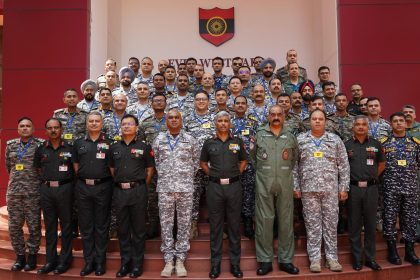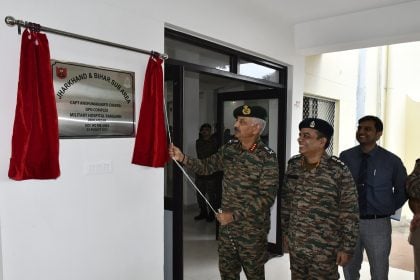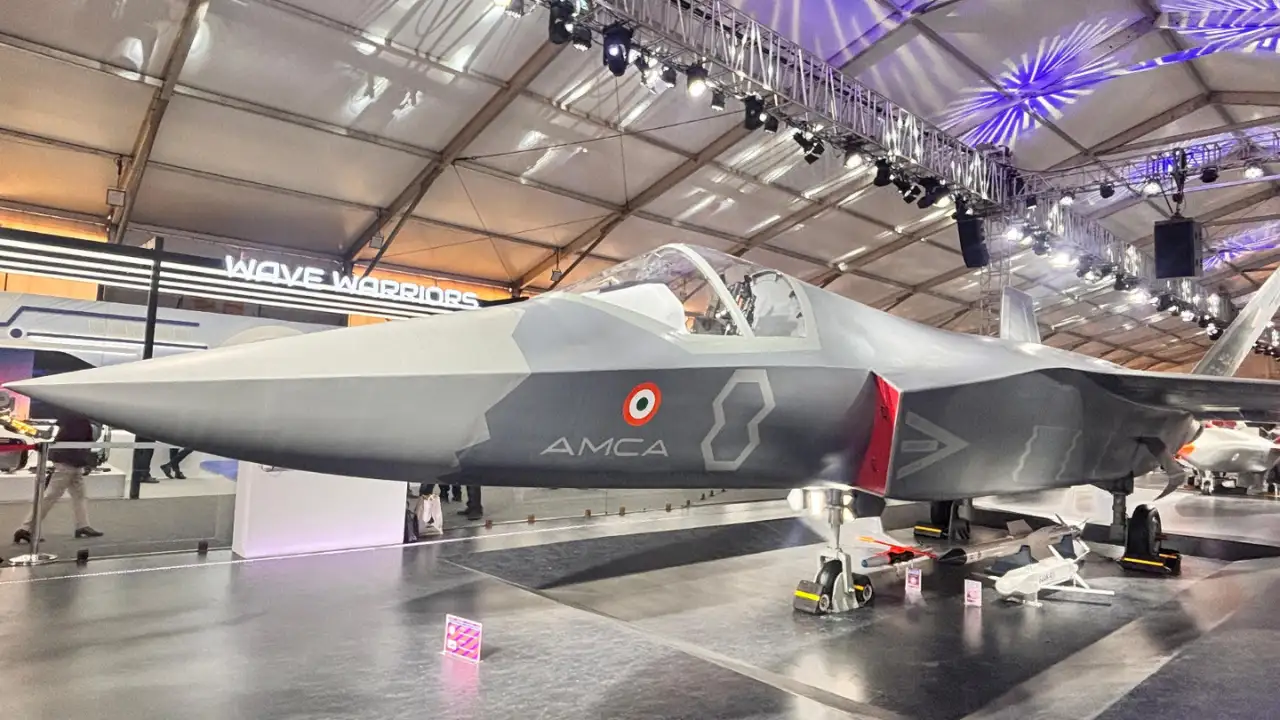Western Command Hosts 49th Higher Air Command Course to Boost Jointness in Armed Forces
49th Higher Air Command Course highlights joint training, inter-service synergy, and lessons from Operation SINDOOR.
Lt Gen Rajan Shekhawat Inaugurates New Medical Facility at Ramgarh Military Station to Honor Fallen Captain
GOC Madhya Bharat Area inaugurates new OPD block, reviews green initiatives, and honors the legacy of a fallen hero at…
India, France to Jointly Develop 120 kN Engine for AMCA
Safran to partner in 10-year project; first AMCA tranche to use GE-414 engines.
From Army to Navy to Air Force: Surgeon Vice Admiral Arti Sarin, DG AFMS, Shares Leadership Lessons From All Three Services
First woman DG AFMS reflects on her journey across India’s tri-services at She Shakti 2025.
Army Jawan Assaulted at Meerut Toll Plaza Says: “Biggest Wound is Treatment in Own Country,”
Kapil Panwar narrates ordeal; NHAI cancels toll operator’s contract, police arrest 8 accused as outrage grows.
Rajnath Singh Hits Back at Pak Army Chief Asim Munir’s ‘Mercedes-Dump Truck’ Analogy
Defence Minister says remark is a confession of Pakistan’s failures; stresses India’s strength lies in economic growth, military preparedness, and…






